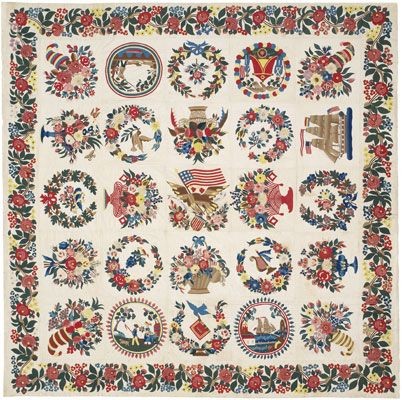
Happy New Year! I’m having a hard time believing it is almost 2024. However, when I think of the quilting fun to come this year…I’m ready. I hope you are ready to join us too! Don’t forget that our 2023 Triplett Sisters Block of the Month Album Quilt with Half-Blocks was complex enough to continue into the new year. So, that means there is still plenty of time to join us! Everyone works at their own pace so you won’t be behind. If that quilt isn’t your style, The Triplett Sisters BOM for 2024 is just getting started and is very different in size and style. Prussian Blue Star Center Medallion is 40” x 40” and has some piecing making it a change of pace from our previous quilt. There is an option to make it...





